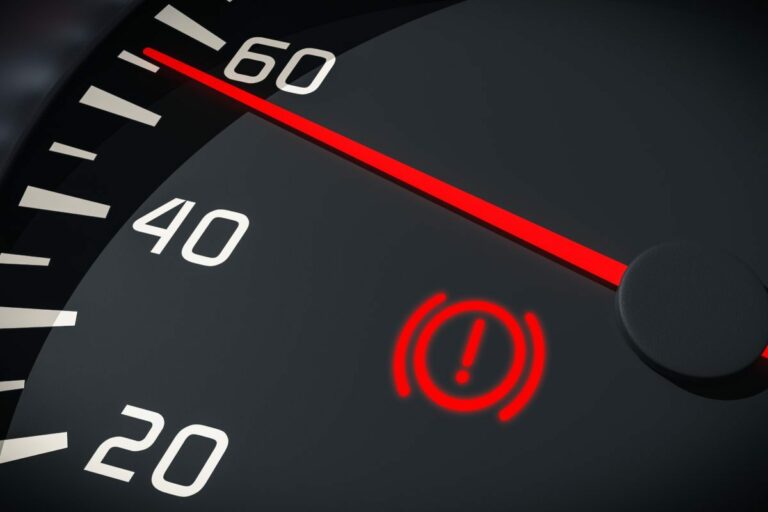Is It Time for a Board Tune-Up?

If you’ve served on a nonprofit board of directors, you likely know when your board isn’t quite firing on all cylinders. If there’s open dysfunction, or worse, it may be a good indication that it’s time for a board tune-up.
“Boards must evolve to keep up with organizational changes and changing community factors – unfortunately, there’s no such thing as cruise control when it comes to board development!”
Mario Hernandez
Nonprofit boards, like cars, are made up of interdependent parts; also, like cars, boards should undergo regular tune-ups to ensure they’re operating effectively. However, unlike your vehicle, you don’t have an automatic “check engine light” or mile marker sticker in your windshield to alert you when you should schedule a board tune-up.
The Merriam-Webster dictionary defines tune-up as “a process in which small changes are made to something (such as an engine) in order to make it work better.” In our experience at Propel Nonprofits, common situations at which you should consider a tune-up for your board include:
- Large change in board composition: When you experience a large change in board composition, don’t leave unwritten norms unwritten and unspoken. In fact, don’t leave these norms as is – engage long-term board members and new board members in a conversation to agree on revised norms that everyone helped shape.
- Change in staff leadership: How many times has a new executive director been hired and the board continues to operate as it had with a past executive director? Too often. New staff leadership likely brings different strengths, needs, and management style compared to a previous executive director. Boards shouldn’t overlook this transition as an opportunity to re-evaluate how they carry out their relationship with staff leadership.
- Change in organizational life cycle: If your once small and entrepreneurial nonprofit has now grown its programming reach, developed large funding streams, become more complex, and played a more visible role in the community, you need to examine your board’s capacity and role. The board should not remain static as the rest of the organization evolves; it needs to evolve as well. This evolution could be in the areas of board composition, board roles, board size, and other board characteristics and operating practices. It takes different skills to drive your grandma’s old Buick than a semi, to stick with our analogy.
- New strategic plan is approved: Your organization just completed a 9-month strategic planning process. Depending on the type of strategic pivot your organization is making, your board will need to adjust to best support the strategic plan. For example, if your strategic plan calls for establishing a new funding stream, your board may need to add a board member with skills or contacts in fund development, build up team knowledge in funding streams, create relevant metrics to evaluate success, and provide other support to staff so they can be successful.
As we know, change is certain yet unpredictable; a tune-up cannot always be planned. When the unexpected happens – a large budget challenge, the loss of a major funder, unhealthy board conflict – you need to ask, “Is it time for a board tune-up?”
Whether planned or unexpected, if a tune-up is required, here are some steps you can take to make the adjustments needed so your board is operating well:
- Acknowledge the need for a tune-up (board development)
- Get board members energized about the tune-up by naming the desired outcome and its effect on your organization’s mission
- Assess reasons why a tune-up in needed
- Get help from consultants, peers, and others
- Make a plan that includes technical and adaptive (behavioral) changes
- Execute your plan
- Measure progress on your plan’s activities and movement toward your desired outcome
- Celebrate! Make time to acknowledge progress, successes, small changes, and each other’s efforts
- Create a board culture that is listening for and willing to repeat this process regularly
Yes, board tune-ups will take time, effort, and resources. However, regular maintenance on your board can save you a more painful and resource-heavy overhaul – these can be time-consuming and disruptive, seldom occur during convenient times, and often distract your board (and organization) from advancing your mission. Remember, boards should not be static. Boards must evolve to keep up with organizational changes and changing community factors – unfortunately, there’s no such thing as cruise control when it comes to board development!

